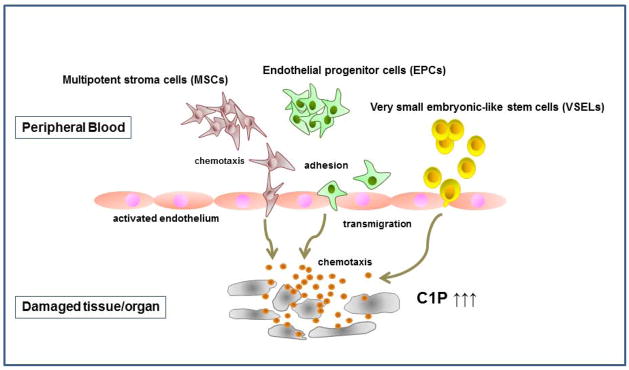Figure 7. The role of C1P in chemoattracting circulating stem cells to damaged tissues.

Cells in damaged organs release C1P, which creates a chemotactic gradient for stem cells circulating in PB, such as multipotent stroma cells (MSCs), endothelial progenitor cells (EPCs), and very small embryonic-like (VSEL) stem cells. For reasons of simplicity, other potential chemoattractants, such as S1P and SDF-1, are not shown in this scheme. The organ tissue damage may, for example, be the result of ischemia (e.g., stroke or heart infarct) or the result of tumor expansion. Therefore, C1P could, on the one hand, chemoattract circulating MSCs and EPCs for regeneration and, on the other hand, play a role in unwanted recruitment of these cells to the expanding tumor.
